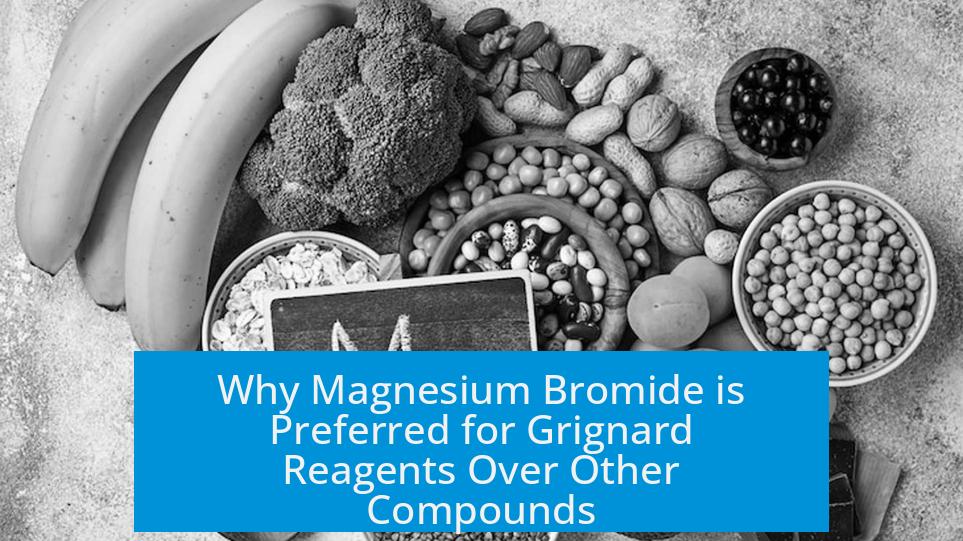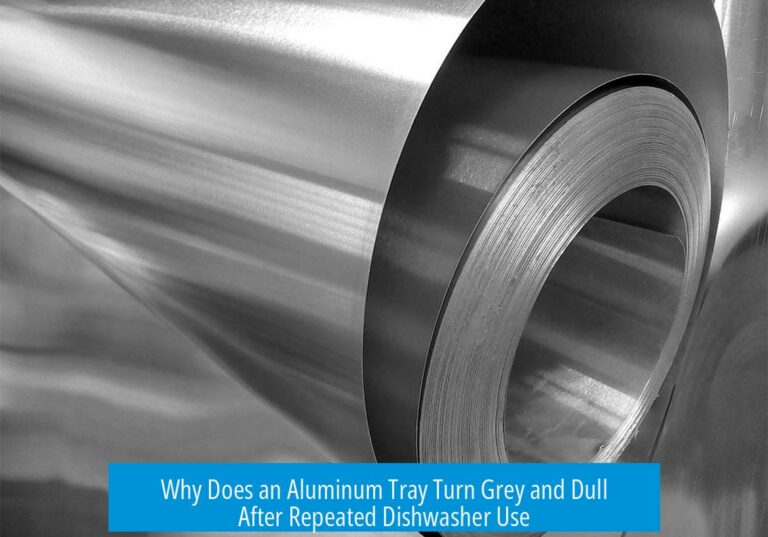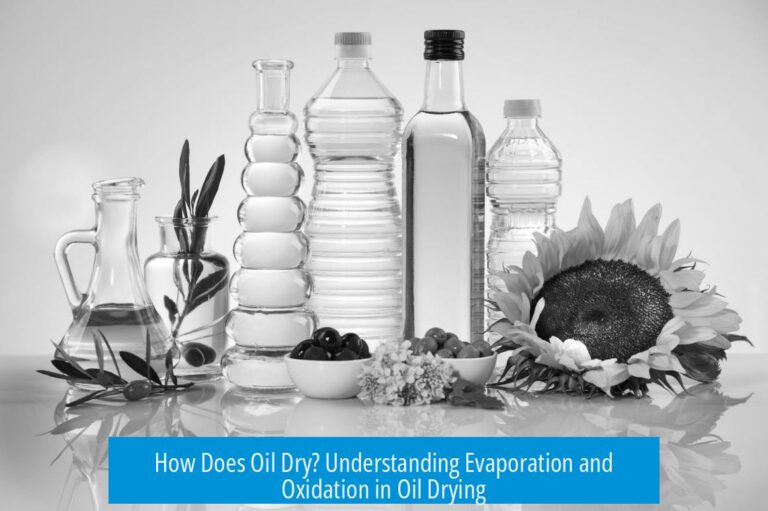Why is Magnesium Bromide Commonly Used in Grignard Reagents and Not Other Compounds?

Magnesium bromide is preferred in Grignard reagent formation because it offers an optimal balance of reactivity, stability, and practical handling compared to other halides. This choice maximizes the efficiency and safety of forming organomagnesium compounds essential in organic synthesis.
The Role of Magnesium in Grignard Reagents
Magnesium metal reacts with organic halides to form Grignard reagents. This reaction requires insertion of magnesium into the carbon-halogen bond, which varies depending on the halogen involved.
Halide Variants and Why Bromine is Favored

- Grignard reagents can be prepared using various halides, except fluorides.
- Bromides are more reactive than chlorides, facilitating easier magnesium insertion.
- Iodides are more reactive but prone to elimination side reactions, reducing yield and complicating control.
Chemical Bond and Reactivity Considerations
| Halide | Bond Strength (C–X) | Reactivity with Mg | Light Sensitivity | Practical Notes |
|---|---|---|---|---|
| Chloride (Cl) | Strongest | Least reactive | Low | Cheaper, more volatile |
| Bromide (Br) | Intermediate | Moderate | Moderate | Easy handling, balanced properties |
| Iodide (I) | Weakest | Most reactive | High | Elimination problems, light-sensitive |
Magnesium inserts more readily into the weaker C–Br bond than into the stronger C–Cl bond. However, C–I bonds—though weaker—cause side reactions and degrade under ambient light. The moderate bond strength of C–Br offers controlled reactivity.
Practical and Handling Advantages
- Bromides are less volatile than chlorides, reducing hazards during synthesis.
- C–Br bonds resist degradation under normal lighting, unlike iodides.
- Bromine adds more easily to carbon compared to chlorine and iodine, streamlining reagent preparation.
- These features simplify experimental conditions and improve reproducibility.
General Recommendations
Given these factors, bromine is often recommended as a default leaving group when synthesizing Grignard reagents. This advice reflects its practical balance of reactivity, stability, and ease of use, making magnesium bromide the compound of choice in most laboratories.
Key Takeaways
- Magnesium bromide provides a balance between reactivity and stability not matched by organochlorides or organoiodides.
- C–Br bonds facilitate efficient magnesium insertion with fewer side reactions.
- Bromides exhibit lower volatility and light sensitivity than chlorides and iodides.
- Ease of handling and consistent results make magnesium bromide the preferred compound in Grignard reagent synthesis.
Why is magnesium bromide often chosen over magnesium chloride in Grignard reagents?
Magnesium bromide is preferred because C-Br bonds are easier for magnesium to insert into than C-Cl bonds. Organochlorides are more volatile and less reactive, making bromides more practical for Grignard formation.
What makes magnesium bromide better than magnesium iodide in Grignard reagents?
Magnesium bromide strikes a balance by being more stable and less prone to elimination or side reactions than iodides. C-Br bonds resist light-induced reactions better than C-I bonds, simplifying handling.
Can other halides besides bromides be used in Grignard reagents?
Yes, halides like chlorides and iodides can be used. However, bromides offer an optimal mix of reactivity, stability, and ease of handling, making them the common choice.
Why are organobromides considered easier to work with than organoiodides in Grignard chemistry?
Organobromides are less sensitive to light and less likely to undergo unwanted reactions. This stability reduces side reactions and improves the overall yield.
Does the volatility of the organohalide affect its use in Grignard reagent preparation?
Yes, volatility matters. Organochlorides are more volatile, which can complicate handling. Organo bromides are heavier and less volatile, making them easier and safer to use.
Is bromine generally recommended as a leaving group for Grignard reagents?
Yes. Bromine provides a good balance of reactivity and stability, making it the default leaving group in most practical situations involving Grignard reagents.





Leave a Comment